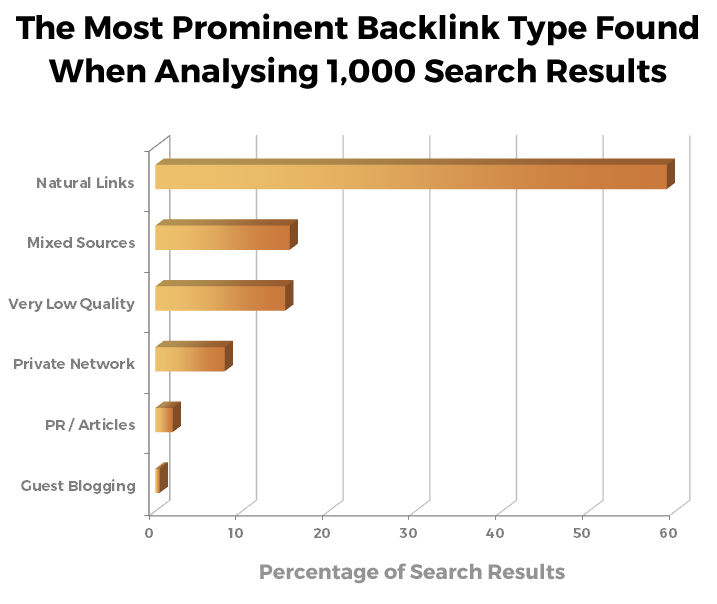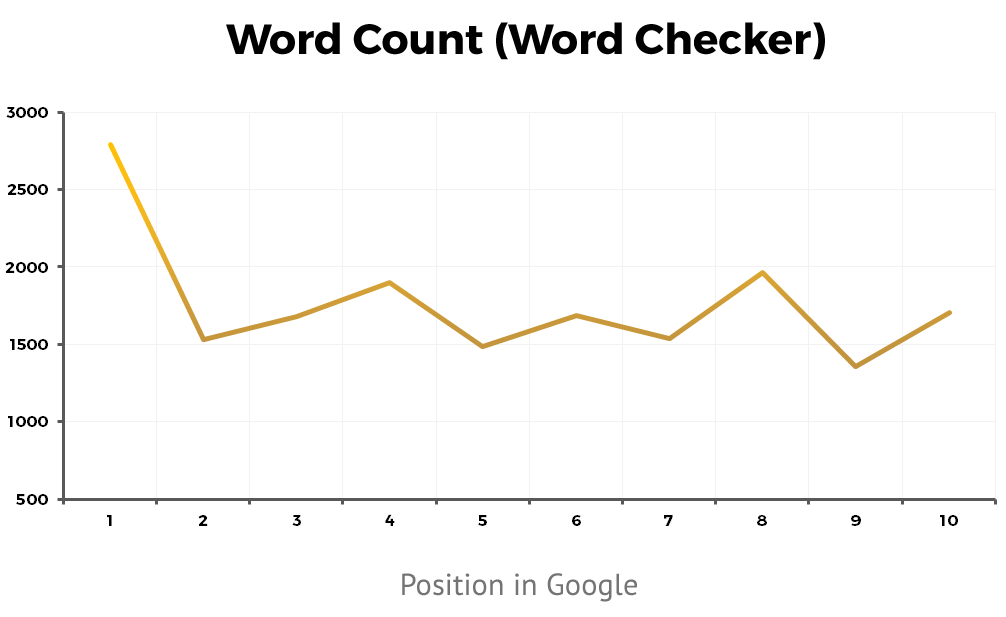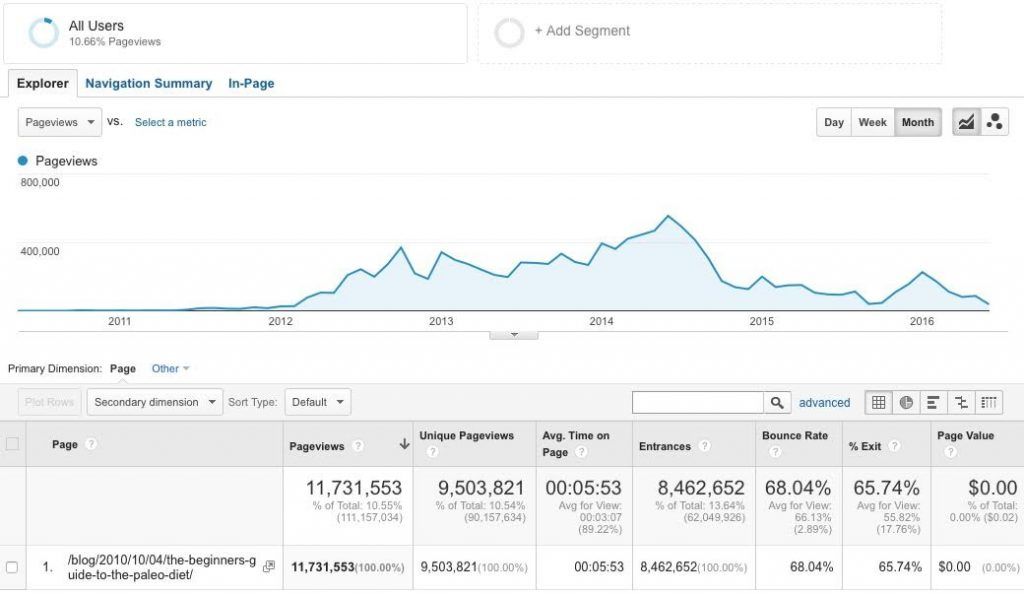What does link-building look like right now? What tactics work? Is it all about quality content or do more shady tactics still get results?
Glen Allsop of ViperChill posted another excellent article recently, distilling the findings from his own manual analysis of 1,000 search results.
He looks at the link structure of various sites, trying to ascertain the kinds of links that help some sites rank, the tactics (white hat and not-so white hat) used by sites to rank, and the effects of factors like number of links and word count.
It’s a monster of a post – more than 5,000 words I’d guess – but truly worth a read. All I’ll do here is list some of the key lessons from Glen’s analysis.
The most common backlinks are natural
Glen found that natural (i.e. earned) backlinks top the chart, which is as it should be.
However, the study also found that many high ranking websites have some very low quality backlinks. They are things like forum pages, blog comments, and non-English Blogspot blogs. They’re not earned, but can be easily created.
Indeed, a recent look at Skyscanner’s impressive search rankings revealed something similar. There are quality links there, but plenty which could be classed as ‘low-quality’. Perhaps these are the result of older link building efforts, who knows?
Link volume does not influence ranking
It’s about quality not quantity. As this chart shows, the volume of backlinks does not correlate with ranking.
Variety of linking domains helps
Obvious perhaps, but good to reinforce. A variety of links from different domains matters much more than volume.
Longer content and high rankings
There have been a few studies suggesting a correlation between longer form content and higher search rankings.
It makes sense, as in theory, longer content can be more likely to satisfy the user (it’s detailed, covers key questions etc), and in turn more likely to attract links.
Glen’s data backs this point up. The average word count on all results was 1,762, and higher counts tended to correlate with higher rankings.
Link building tactics that still work
A few weeks ago, we talked about another finding around sitewide footer links used by some sites, and how tactics like this help the ‘rich get richer’ in search (this was another finding from ViperChill).
In this article, Glen looks at how Houzz uses a widget to mbed dozens of hard-coded links in the websites of those who host it. It seems this tactic is still in use.
Good content still works
Writing quality content to attract links is still an excellent tactic. Evergreen content is key to this.
The example used here is a beginners guide to the Paleo diet, from the nerdfitness blog. It has attracted links from 800 domains and continues to deliver traffic to this day.
Why does it still attract links? Four reasons:
- High ranking. It’s up there right now, so when people look for resources to link to, there it is.
- It’s a good article. It’s there because it serves a need. It’s also comprehensive which means people don’t need to look elsewhere.
- Internal links. The sidebar on the homepage links to the post so it continues to accrue traffic.
- Loyal audience. The site has an engaged audience who appreciate and link to the content.
Dodgy tactics can still work
There are still plenty of dubious tactics that are helping websites achieve high rankings.
For example, this .info site has 195,000 links from 242 domains, that’s more than 800 per domain. I’m ‘sure’ they’re all earned, natural links though…
The study found less private blog networks than expected, but also finds that they still work.
In summary
I’ve only scratched the surface of the study here, so please check out the full article for much more. It is itself a great example of creating quality (and long-form) content that attracts links. I’m sure we won’t be the only site linking to it.
The article Which kinds of links are most valuable for high rankings? was first seen from https://searchenginewatch.com






No comments:
Post a Comment